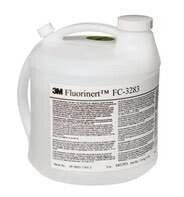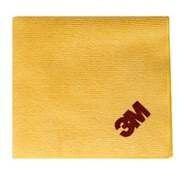Masking film: Protection during work


Masking film is a solution used during painting that protects wall surfaces and furniture from unwanted paint splatters. But why should one invest time and effort in masking? What are the benefits of masking film? These are the questions we address in this article!
Masking film is a practical tool utilized during masking, a process of covering surfaces. It's a sturdy, typically transparent plastic film enabling precise and meticulous work, whether it's painting, automotive painting, construction, or renovation tasks.
The process of masking: What does it involve precisely?
Masking is a procedure where certain areas are covered to protect them during work. The application of masking film not only provides protection against unwanted paint spots or dust but also helps to concentrate on the desired surface during work.
The masking process involves the following steps: first, we need to determine which areas we want to cover, then we cut the masking film to size and tightly fit it to the surface. After that, we can proceed with the work without worrying about unwanted paint splatters or other contaminants.
With proper planning and the correct application of masking film, the overall work can be faster and more efficient, while keeping our environment clean and neat. In the following sections, we will detail the advantages of masking film and its various applications.
Benefits and versatility
The use of masking film comes with numerous advantages, making work easier and ultimately saving time. The application of the film is simple and quick, allowing more time for truly important tasks. It can precisely delineate between areas to be painted and those not to be painted, minimizing the risk of paint splatter and runs.
Its application provides a level of protection essential to the workflow. It not only shields furniture and floors from paint drips, but also helps prevent potential scratches and other damage.
During painting, it serves an additional function: aiding in colour boundary preservation. This means that by using it, adjacent surfaces can be painted different colours without the paint blending or the boundary line becoming uneven.
Types and application of masking film
One of the most popular variations is the taped masking film. Its main advantage lies in its quick and simple application, thanks to the tape already included. This makes work more efficient, a big plus because many pros try to avoid masking due to its time-consuming nature.
This self-adhesive type is frequently used for painting or renovation projects that demand precision and cleanliness. Another advantage is its effortless removal after work, leaving behind no residue and enabling clean cuts.
Areas of application
Masking film can be used in numerous areas where surface protection is needed. These include painting, where the film helps prevent unwanted paint spots. Masking film used during renovations protects against dust, dirt, and various materials that could damage equipment and furniture.
In the automotive industry, it's an indispensable tool, especially during painting. Transparent masking film is particularly popular. It's made of a very strong material capable of protecting parts of the car that do not require repair or painting.
Tricks and tips for effective masking film use
Using masking film is pretty straightforward, but a few handy tips can make it even more efficient. Firstly, apply the film carefully to ensure it sticks properly to the surface.
For larger areas, consider using multiple pieces of film placed side by side. After you're done, remove the film immediately to avoid any adhesive residue or potential damage. Although modern tapes leave little to no trace, it's always good to be cautious.
Masking film is great for protecting surfaces, furniture, equipment, or floors from paint or dirt.
Looking for masking film? Explore our selection in the Flanker online catalogue!
More articles
Flanker Plusz Kft.
Contact Details
Boti Street, 100.






























